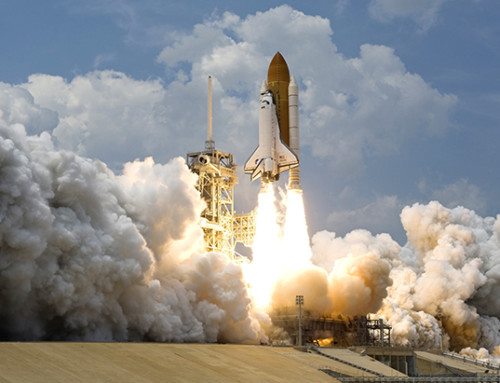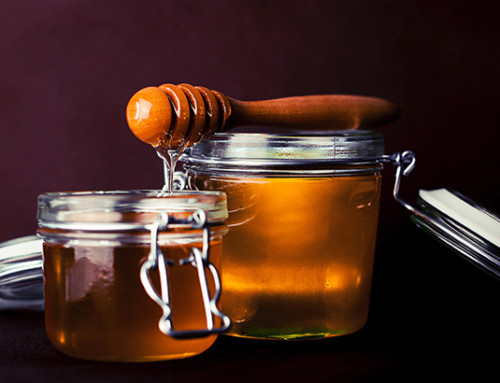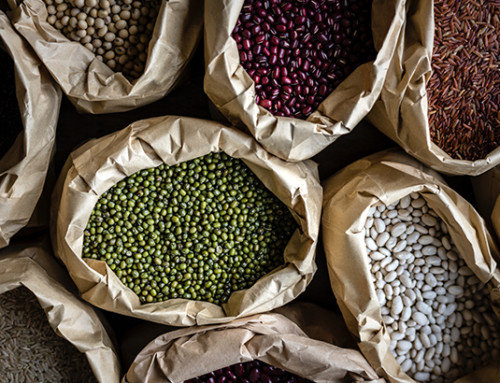We love a good acid-base reaction and pretty much anything to do with the pH scale, so today, rather than using our test strips, we’re just doing a fun acid-base activity! Lava lamps might be a thing of the past, but the science behind them is still cool, so we’re resurrecting the craze.
Lava lamps were invented by Edward Craven-Walked in 1963, and surprisingly, he was an accountant, not a scientist! He came up with idea from an egg timer design he had seen in a pub, and it became immensely popular in the 60’s and 70’s. A lava lamp relaunch occurred in 1989 when the Craven-Walkers were ready to retire and pass the torch to a team of young entrepreneurs. They have since faded in popularity, but can still be found today.
Essentially, lava lamps have two liquids that are close in density and insoluble in one another. Although many people might think of oil and water, while they are insoluble in one another, their densities are very different. They won’t work quite the same as a regular lava lamp, but for the purposes of our activity, that’s what we’re going to use.
A regular lava lamp most likely consists of water and a mix of mineral oil, paraffin wax and carbon tetrachloride. Heat is applied to the bottom of the mixture, usually through a light bulb. The heavier liquid absorbs the heat and expands, becoming less dense. Because the two liquids have similar densities, the formerly heavier liquid becomes lighter, so it rises. As it rises, it cools, making it denser and therefore heavier, so it sinks back to the bottom. And thus, the perpetual cycle of a lava lamp, although, this process actually occurs much more slowly than we’ve described.
In a store-bought lava lamp, acid-base reactions aren’t occurring, but since we’re making our own, we’re using some different materials and principles.
Materials
- Vase, bottle or jar (whatever you have on hand)
- Water
- Oil
- Food coloring
- Alka Seltzer
Instructions
- Fill your vase about 2/3 with oil.
- Add water about 1-2 inches from the top.
- Add 5 drops of food coloring.
- Add ¼ Alka Seltzer tablet at a time, only adding another when the bubbles slow down.
- Wa-la! A homemade lava lamp!
The Science
So, how does our lava lamp work differently from Craven-Walker’s? Alka Seltzer contains anhydrous citric acid and sodium bicarbonate (baking soda). In other words, it’s made up of an acid and a base. In its solid powder form, these two ingredients do not react with each other. However, when water is added, the reaction begins.
When Alka Seltzer dissolves in water, it forms bicarbonate (from the sodium bicarbonate), which in turn reacts with the hydrogen (from citric acid). The chemical reaction forms water and carbon dioxide gas. The gas bubbles mix the oil and water, which would otherwise remain separated.
There are tons of fun acid-base experiments and activities that can be done with Alka Seltzer tablets. Who knew a little tablet could pack so much fun!?







Leave A Comment